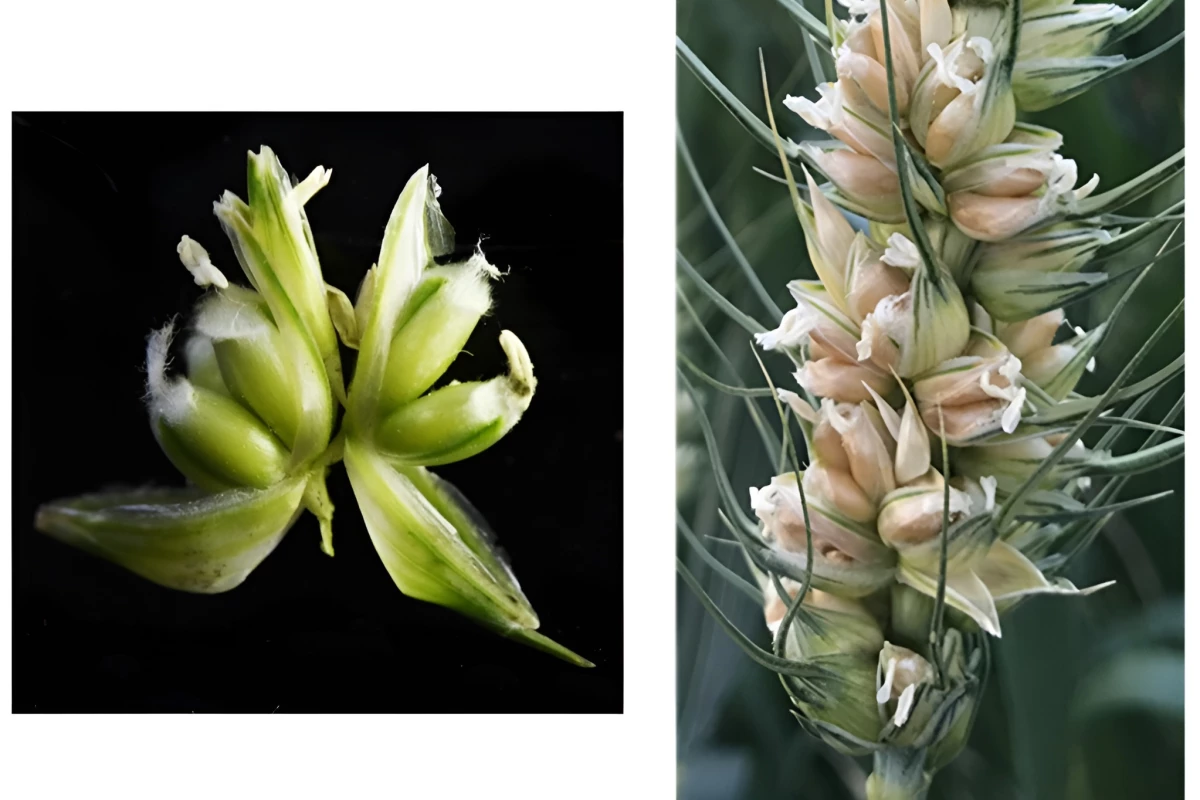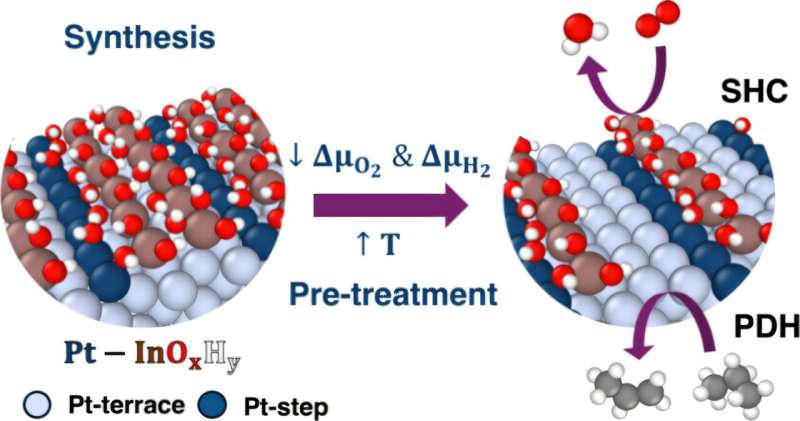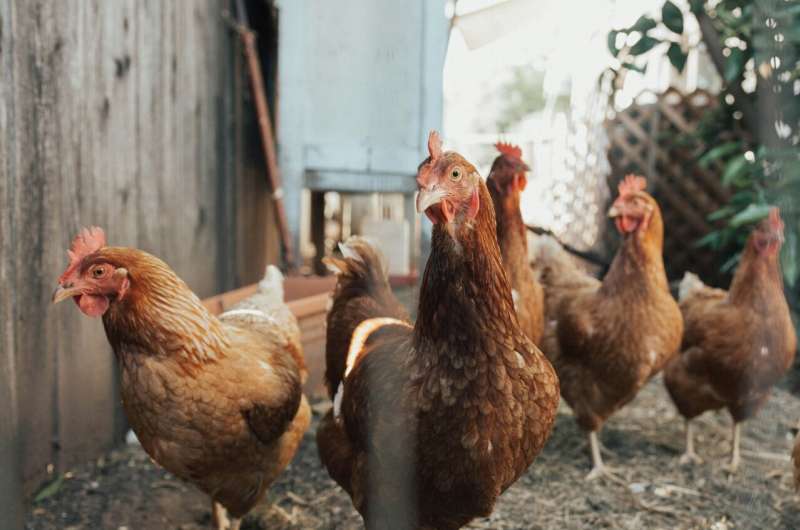Researchers at the University of Maryland have made a significant breakthrough that could potentially triple grain yields from wheat crops. This advancement is based on a newly discovered genetic mechanism that allows certain mutant wheat plants to produce multiple grains from a single floret, dramatically increasing output without the need for additional land, water, or fertilizer.
Ordinarily, each floret in a wheat plant’s seed head produces just one ovary, leading to a single grain. However, in some rare cases, a mutant variety known as MOV (multi-ovary) wheat can produce up to three ovaries per floret. Until recently, the genetic cause of this phenomenon remained a mystery.
Understanding the Genetic Mechanism
In their study, the researchers conducted an extensive analysis of the DNA of MOV wheat, comparing it to that of standard bread wheat. They identified a previously dormant gene named WUSCHEL-D1 (WUS-D1) that becomes active in MOV wheat. This gene plays a crucial role in enhancing the development of additional female flower parts, such as pistils and ovaries.
According to Assoc. Prof. Vijay Tiwari, a co-author of the study, “Pinpointing the genetic basis of this trait offers a path for breeders to incorporate it into new wheat varieties, potentially increasing the number of grains per spike and overall yield.” By activating the WUS-D1 gene in cultivated wheat varieties, scientists could significantly boost grain production.
The findings were published in the journal Proceedings of the National Academy of Sciences, highlighting the potential for this genetic insight to transform agricultural practices.
Implications for Agriculture
The implications of this research are substantial. As global demand for wheat continues to rise, enhancing crop yields is essential for food security. The ability to produce more grain from existing resources could ease pressure on agricultural land and help meet the nutritional needs of a growing population.
With the advancement of gene editing technologies, the researchers believe that this discovery provides a viable strategy for developing higher-yielding wheat varieties. By focusing on the activation of the WUS-D1 gene, breeders could potentially usher in a new era of wheat production that aligns with sustainable agricultural practices.
This breakthrough not only represents an important step in genetic research but also offers hope for farmers who face the challenges of climate change and resource scarcity in the years to come.







